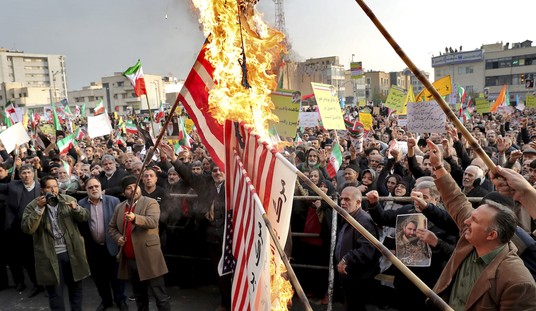
Published November 10, 2025
Then the anger of the Lord will be kindled against you, and he will shut up the heavens, so that there will be no rain, and the land will yield no fruit, and you will perish quickly off the good land that the Lord is giving you.
— Deuteronomy 11:17
Tehran, Iran’s sprawling capital and economic hub, is on the brink of an unprecedented crisis. The city’s water supply has reached critically low levels, leaving millions of residents struggling to secure even basic daily needs. Streets that once buzzed with cars and commerce now echo with the quiet tension of scarcity. Authorities are now preparing for large-scale evacuations as the city faces the terrifying possibility of becoming uninhabitable.
Background:
For decades, experts have warned that Tehran’s water resources were under extreme pressure. Rapid population growth, industrial expansion, and decades of unsustainable water management have drained rivers and underground aquifers that once sustained the metropolis. Seasonal rainfall has decreased significantly, while droughts have intensified across the region. Agricultural overuse of water resources has further exacerbated the problem, leaving Tehran dangerously dependent on a fragile network of reservoirs and pipelines.
Current Situation:
Residents report long periods with no running water, forcing families to line up for communal taps or rely on expensive water deliveries from private vendors. Many schools and workplaces are reducing hours or shutting down as water scarcity impacts sanitation and essential services. Hospitals are preparing for increased cases of dehydration, heat-related illnesses, and waterborne diseases. With water so limited, daily life has become a challenge, and anxiety among citizens is growing rapidly.
Government Response:
Iranian authorities have acknowledged the severity of the crisis and have taken emergency measures, including the distribution of water via tanker trucks and temporary rationing programs. Plans are underway to relocate vulnerable populations to nearby provinces, though the logistics remain daunting. Some local officials have urged international assistance, though geopolitical tensions and sanctions may slow the flow of aid. Meanwhile, public criticism is rising over perceived government inefficiency and slow action in addressing decades of water mismanagement.
Community and Social Impact:
Communities in Tehran are feeling the strain on a social level. Neighborhoods with limited access to water are seeing heightened tensions as citizens compete for dwindling resources. Markets have reported surging prices for bottled water and essential goods, making everyday survival even more challenging for low-income families. Families are forced to ration water meticulously, and some residents have started moving temporarily to relatives’ homes outside the city. Social media is filled with videos documenting empty taps, dry reservoirs, and citizens pleading for help.
Environmental Consequences:
The prolonged water shortage has begun to accelerate the city’s slow slide into desertification. Green spaces, parks, and agricultural plots surrounding Tehran are withering under the relentless sun. Dust storms, already a seasonal nuisance, are becoming more frequent and severe, spreading sand and pollutants into the city and further straining public health. Urban infrastructure, from sewage systems to electrical grids, is also at risk as water scarcity affects cooling and sanitation.
 Implications
Implications
-
Government Mismanagement: Tehran’s crisis highlights years of poor water management policies, over-reliance on aquifers, and failure to invest in sustainable infrastructure.
-
Urban Vulnerability: Megacities in arid regions are increasingly at risk when natural resources are mismanaged or overexploited, emphasizing the need for proactive urban planning.
-
Public Responsibility: Citizens face the consequences of water overuse and unsustainable habits, demonstrating the importance of community-level conservation efforts.
-
Economic Strain: Water scarcity threatens businesses, agriculture, and essential services, potentially causing long-term economic instability in the region.
-
Population Displacement: Mass evacuations may become necessary, creating humanitarian challenges and pressure on neighboring provinces and countries.
-
Geopolitical Risk: The crisis could influence international relations, as Iran may seek external aid, which could be complicated by existing sanctions and political tensions.
 Overall Takeaway:
Overall Takeaway:
Tehran’s water crisis serves as a stark reminder of the consequences of mismanaged resources and unchecked urban growth. With the city facing potential mass evacuations and infrastructure collapse, urgent action is required to address both immediate needs and long-term solutions. How Tehran navigates this crisis will not only determine the survival of its residents but also offer critical lessons for other cities confronting similar challenges.
SOURCES: REDSTATE – The End Is Near. Tehran Faces Evacuation As Water Supplies Reach Zero and the City Sinks Into the Desert
DAILYWIRE – Iran’s Despotic Government May Have To Evacuate Tehran Because Of Water Shortage
FOX NEWS – Iran’s ‘water bankruptcy’ will weaken regime and nuclear program, UN expert warns





Be the first to comment